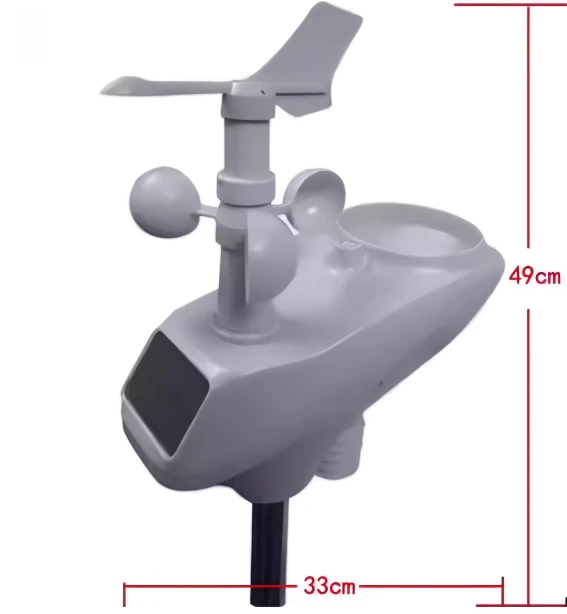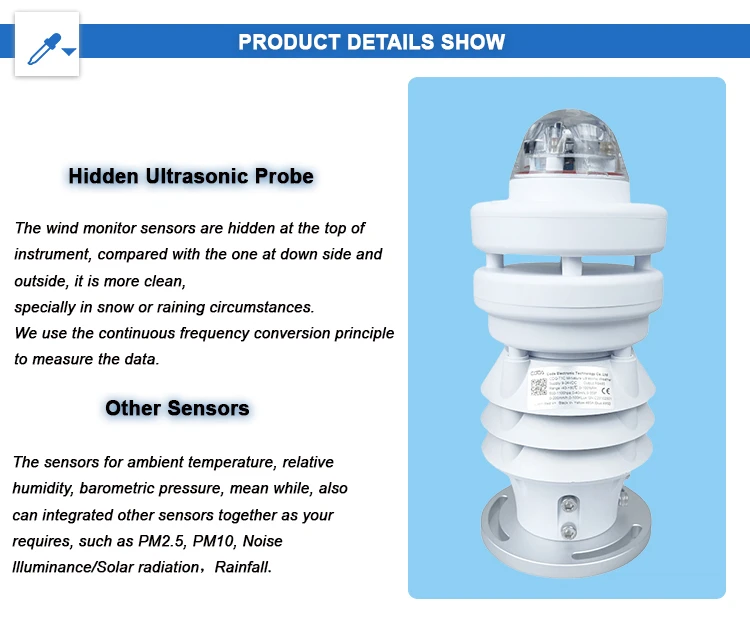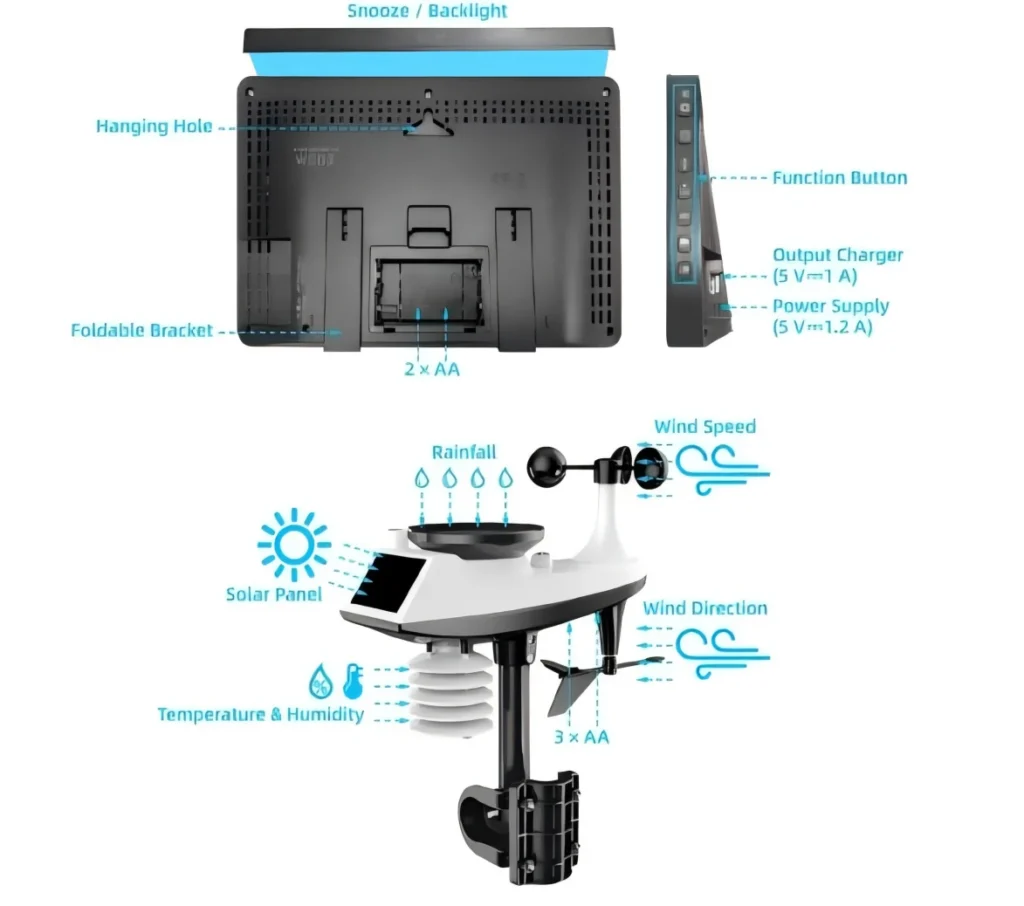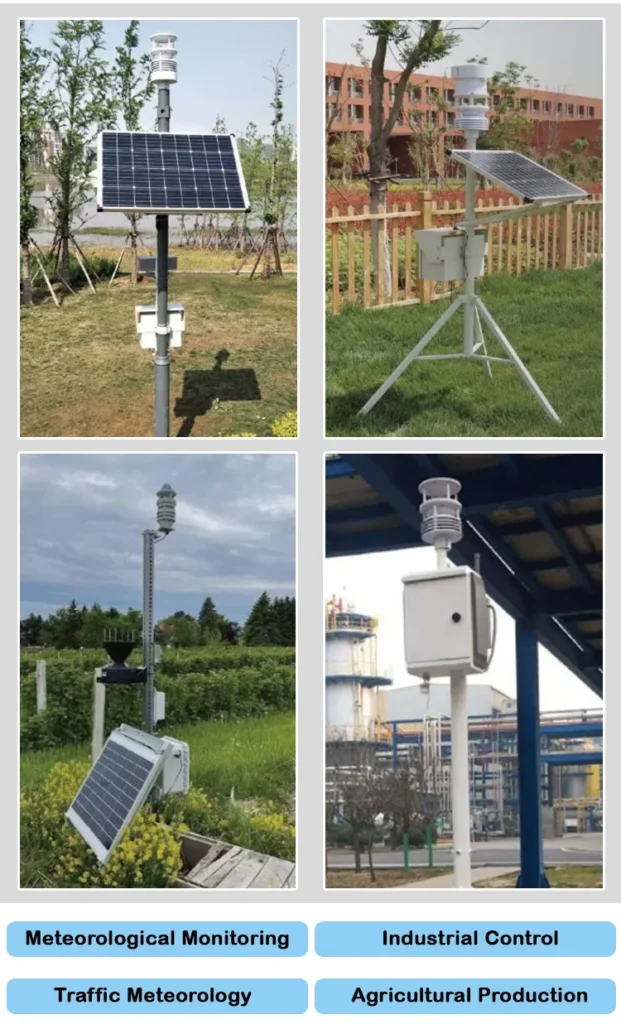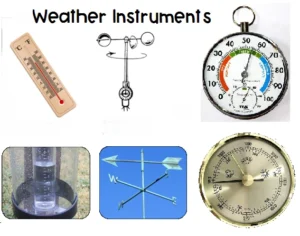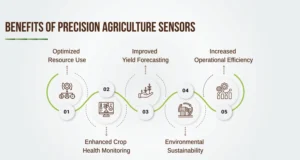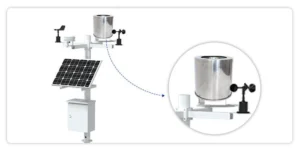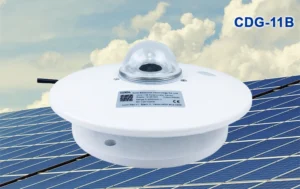Be a Partner in Weather Tracking with mobile weather equipment
Mobile weather stations are helpful for meteorologists, researchers, and weather fans. These small devices give you weather data in real time.
This helps people make smart choices and stay safe. This article talks about weather stations, especially mobile ones. It covers their types, parts, benefits, and possible downsides.
What is a Mobile Weather Station?
A mobile weather station is a useful tool that measures and records weather conditions. Designers made these devices easy to use and flexible.
This lets users gather weather data from anywhere. You can easily move and set up mobile weather stations in different places. This makes them very helpful for many uses.
Primary Functions of Mobile Weather Stations
Mobile weather stations are made to track important weather elements, such as:
Wind Speed: Anemometers are often used to measure wind patterns. This data is vital for decision-making in aviation, sailing, and outdoor activities.
Temperature: Accurate temperature readings are important for many things, like science and farming. Thermometers help us keep track of temperatures.
Relative Humidity: Humidity levels in the air are important for weather forecasts, event planning, and comfort.
Barometric Pressure: Barometers measure the pressure of the air. They help predict the weather and show how altitude affects different places.
Rain gauges measure how much it rains. This is important for managing water, farming, and stopping floods.
Varieties of Portable Weather Stations
Cup anemometers are common tools used in weather stations. They usually have three or four cups on arms that spin around a central point. This spinning motion helps measure wind speed. People like cup anemometers for their:
✔ Simple Design: Cup anemometers have a clear design. This makes them easy to understand and use. Their moving parts are simple to see.
✔ Easy to Use: Their simple design makes it easy for anyone, even beginners, to use them.
✔ Cost-Effectiveness: Cup anemometers are often less expensive than other weather tools. This makes them a great choice for hobbyists and schools.
However, cup anemometers have some drawbacks, such as:
Limited Functionality: They mainly measure wind speed. They do not give data on other weather elements like temperature, humidity, or pressure.
Concerns About Durability: In bad weather, cup anemometers can get damaged. This can lead to less accuracy and a shorter lifespan.
2. Ultrasonic Weather Stations
Ultrasonic weather stations use sound waves to measure how fast the wind blows and which way it goes. They provide high accuracy and reliability. These stations are known for several things:
✔ High Accuracy: Ultrasonic sensors provide precise readings of wind speed and direction.
✔ No Moving Parts: Ultrasonic weather stations have no moving parts. This means they need little maintenance. They are less likely to wear out or get damaged.
✔ Multi-Parameter Capability: Ultrasonic weather stations can measure wind speed and direction. They can also measure temperature, humidity, and pressure at the same time. This gives a complete set of data.
However, ultrasonic weather stations have some drawbacks, such as:
Ultrasonic weather stations often cost more than simpler devices, like cup anemometers. This is because they use advanced technology.
Calibration Requirements: To keep things accurate, we need to calibrate often. This can take a lot of time and requires special skills.
3. Portable Weather Devices
Portable weather devices are small and easy to take with you. They are made for use while on the go. These devices provide:
✔ Easy Transport: These small and light weather tools are perfect for fieldwork. They fit easily in a backpack or pocket.
✔ Easy to Use: Portable devices often have easy-to-use interfaces. This makes them easy for everyone to use, no matter their experience level.
✔ Cost-Effectiveness: Portable weather devices often cost less than bigger systems with many sensors. This makes them popular with outdoor adventurers.
However, portable weather devices have some downsides, such as:
▪ Limited Measurement Capabilities: They might give fewer measurements than more advanced models. They focus mainly on key factors like temperature, humidity, and wind speed.
4. Comprehensive Weather Systems
Comprehensive weather systems are advanced tools. They can measure different weather factors at the same time. These systems provide:
✔ Data Gathering: Multi-sensor weather stations measure many factors. These include temperature, humidity, wind speed, wind direction, and pressure. This gives a full view of weather conditions.
✔ Connectivity Features: Many multi-sensor stations offer connectivity. This allows for real-time data sharing and remote monitoring.
However, multi-sensor weather stations also come with certain challenges, including:
Higher Cost: Multi-sensor weather stations have many features, so they often cost more than simpler models.
Installing and setting up a multi-sensor station can take more time and skill than other types of weather stations.
How Do Portable Weather Stations Operate?
Mobile weather stations use sensors to measure weather conditions. They then send this information to a display unit or a data logger.
More advanced versions can send data to cloud systems. This allows for remote monitoring and analysis. For example, ultrasonic weather stations use sound waves to measure wind speed and direction. In contrast, traditional anemometers rely on spinning cups to measure the wind.
Exploring Ultrasonic Weather Stations
Ultrasonic weather stations are leading the way in portable weather monitoring. They use ultrasonic sensors to measure wind speed and direction.
These sensors check how long sound waves take to travel between them. Many of these stations have extra sensors. They measure temperature, humidity, and air pressure.
They are known for their:
High Accuracy:
Ultrasonic sensors give precise measurements.
Minimal Maintenance:
These stations have no moving parts. This means they need less maintenance.
Versatility:
You can measure different weather factors at the same time.
Selecting the Appropriate Portable Weather Station
When picking a portable weather station, think about what you need for your specific use.
A simple handheld weather station is great for casual users. It gives them the basic professional weather information they need.
Ultrasonic weather stations are great for tasks that need high accuracy and low maintenance.
Multi-sensor stations offer many measurements. This makes them great for detailed environmental monitoring.
Coda Sensor: A Reliable Provider
Hunan Coda Electronic Tech Co., Ltd has more than ten years of experience. It is a trusted leader in making accurate environmental and weather monitoring devices.
This includes portable weather stations. Coda Sensors is in more than 50 countries around the world. They offer customized solutions and great customer service.
We focus on quality and new ideas. This makes us the best choice for many weather monitoring needs.
Conclusion
Mobile weather stations are useful tools for anyone who needs reliable weather data while traveling. They are flexible and easy to use. These stations are useful for many things, like emergency response and outdoor activities.
By learning about the types of mobile weather stations, users can make better choices. They should know the features, benefits, and drawbacks of each type. This knowledge helps them meet their specific weather monitoring needs.
Mobile weather stations give us important data. You can choose a simple handheld device or a more complex ultrasonic system. Both can help improve safety. They also aid in decision-making and support various work and leisure activities.
